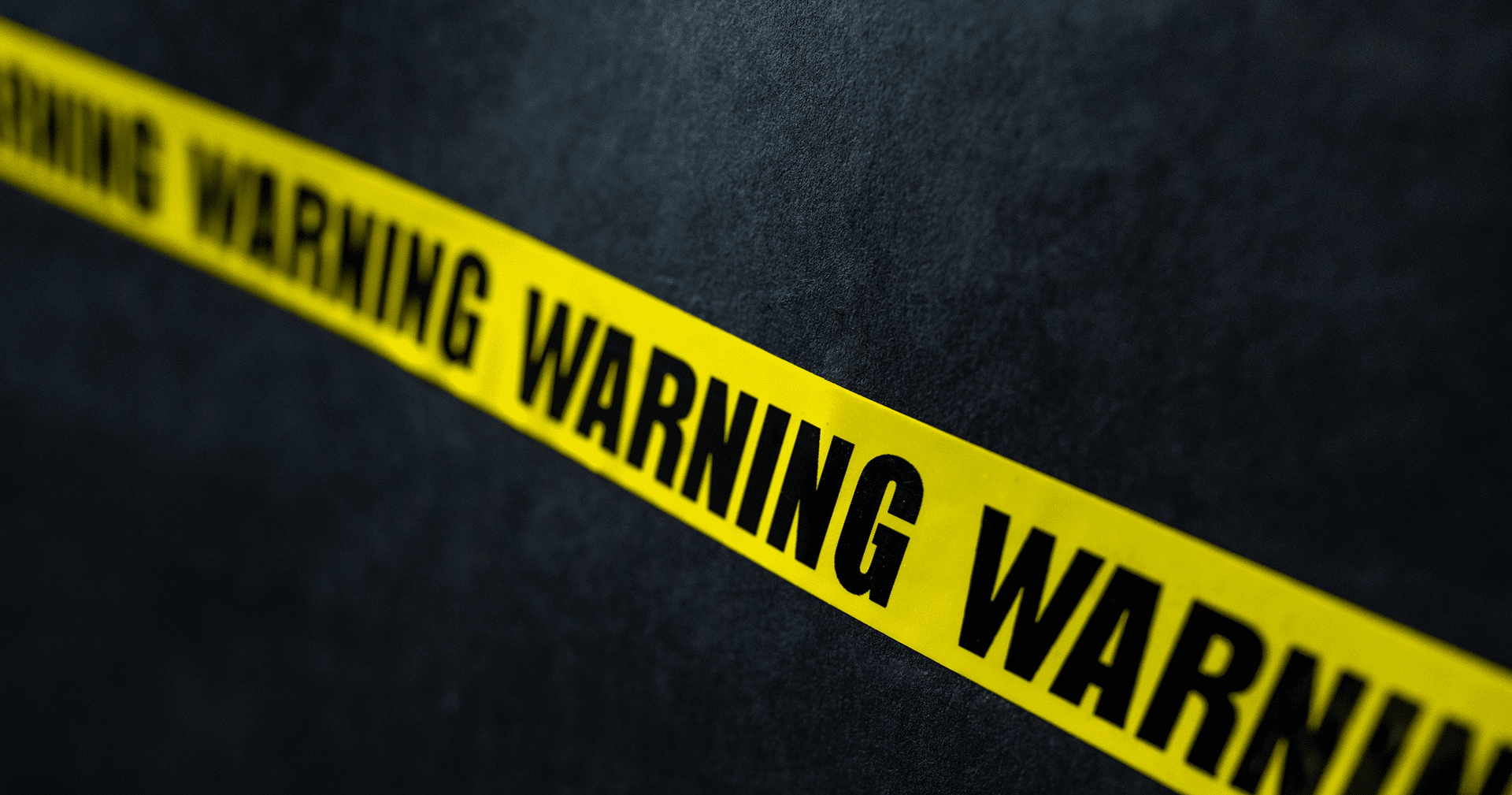
Look carefully before you switch your business water – mis-selling is rife
Castle Water customers can choose their water retailer. But, customers who switch from Castle to other water retailers are often

Castle Water customers can choose their water retailer. But, customers who switch from Castle to other water retailers are often

Castle Water customers can choose their water retailer. But, customers who switch from Castle to other water retailers are often very unhappy. If you buy through a broker (or Third Party Intermediary), they are not regulated by Ofwat, so any claimed savings should be viewed very carefully – please look